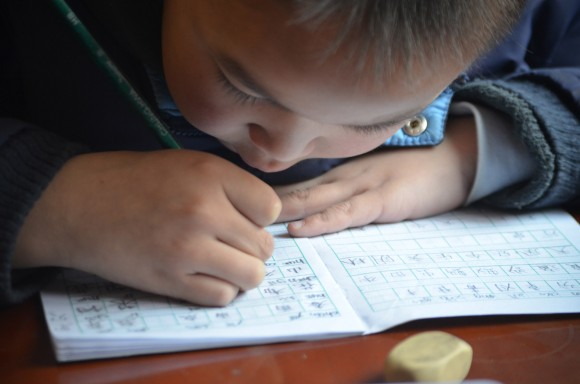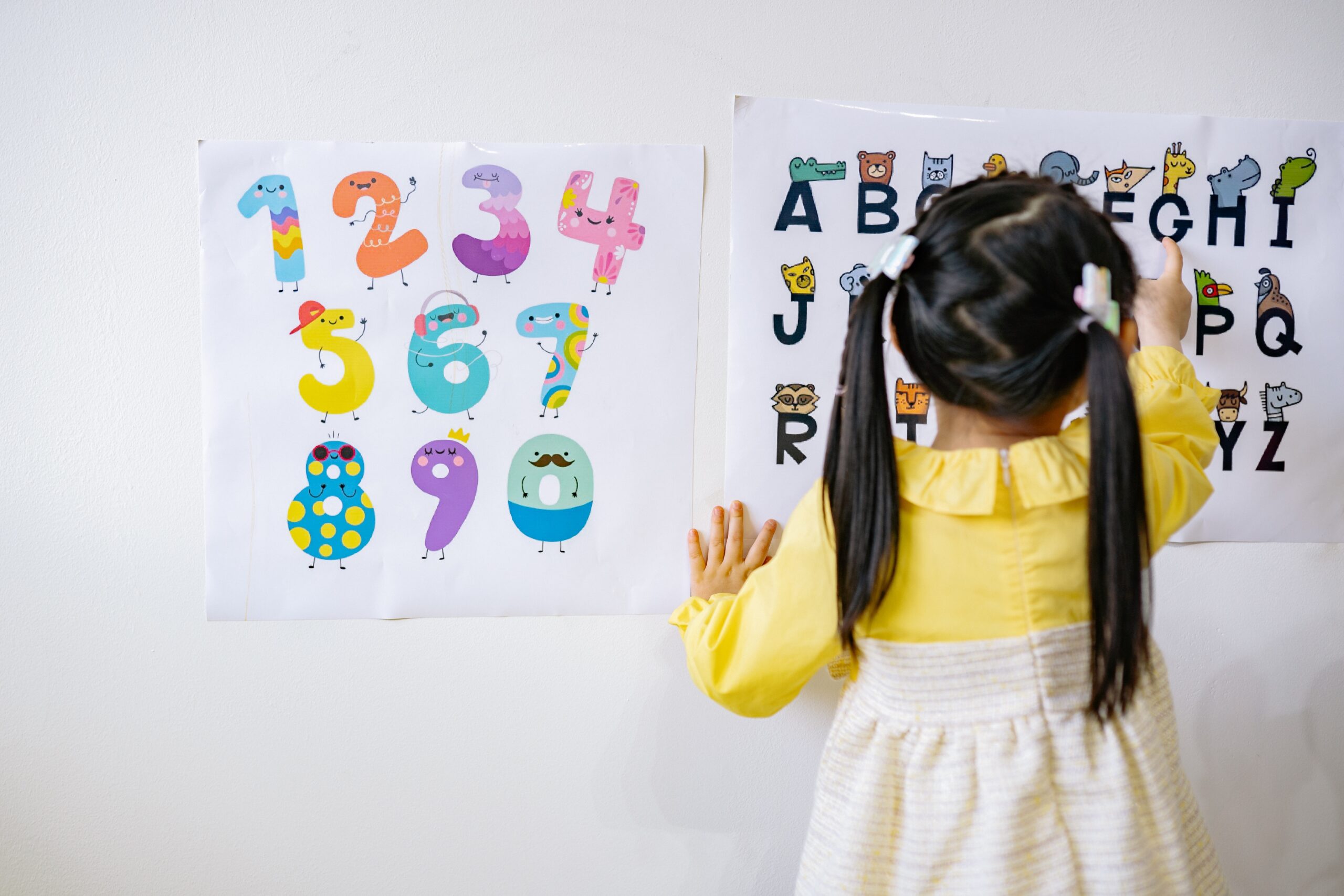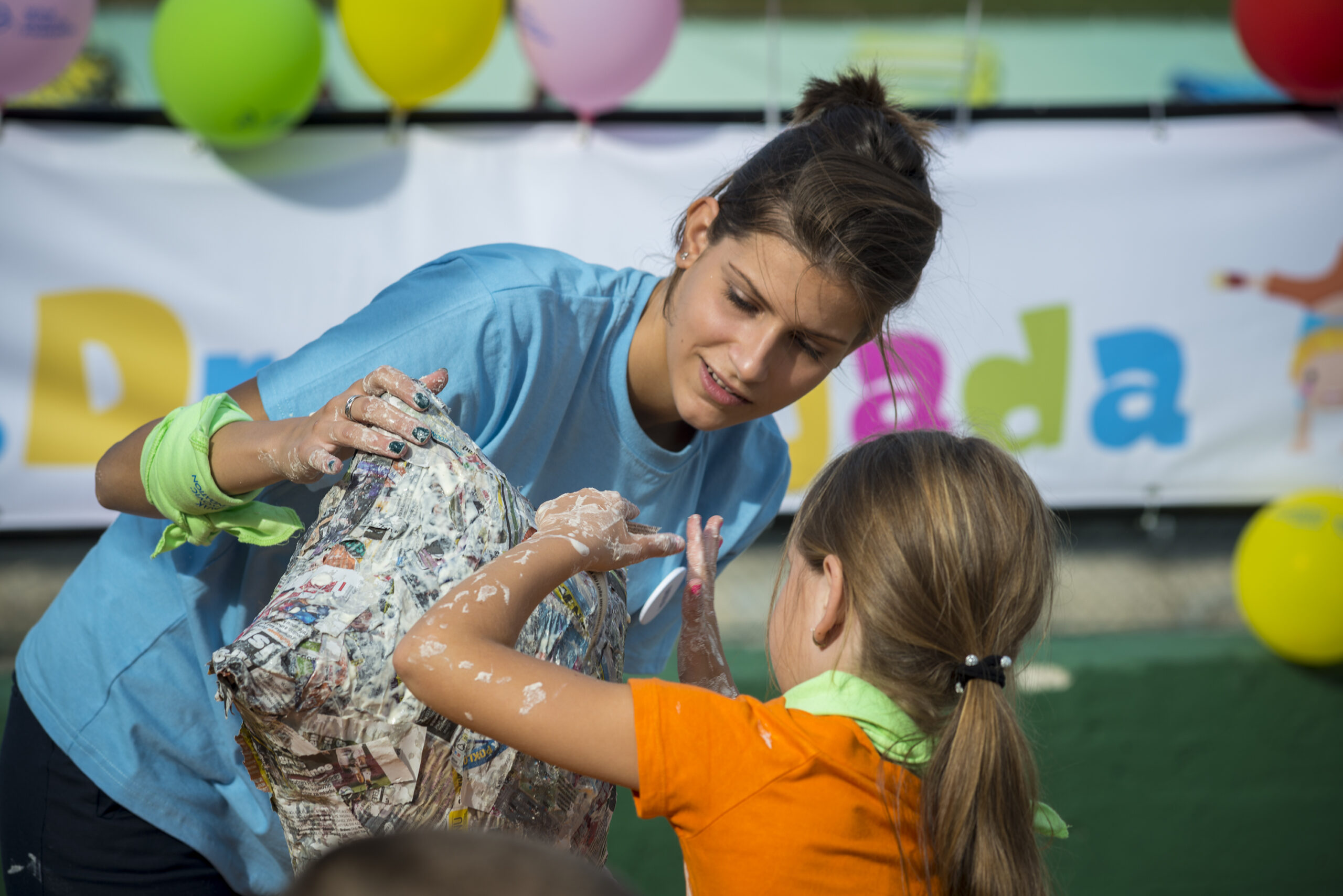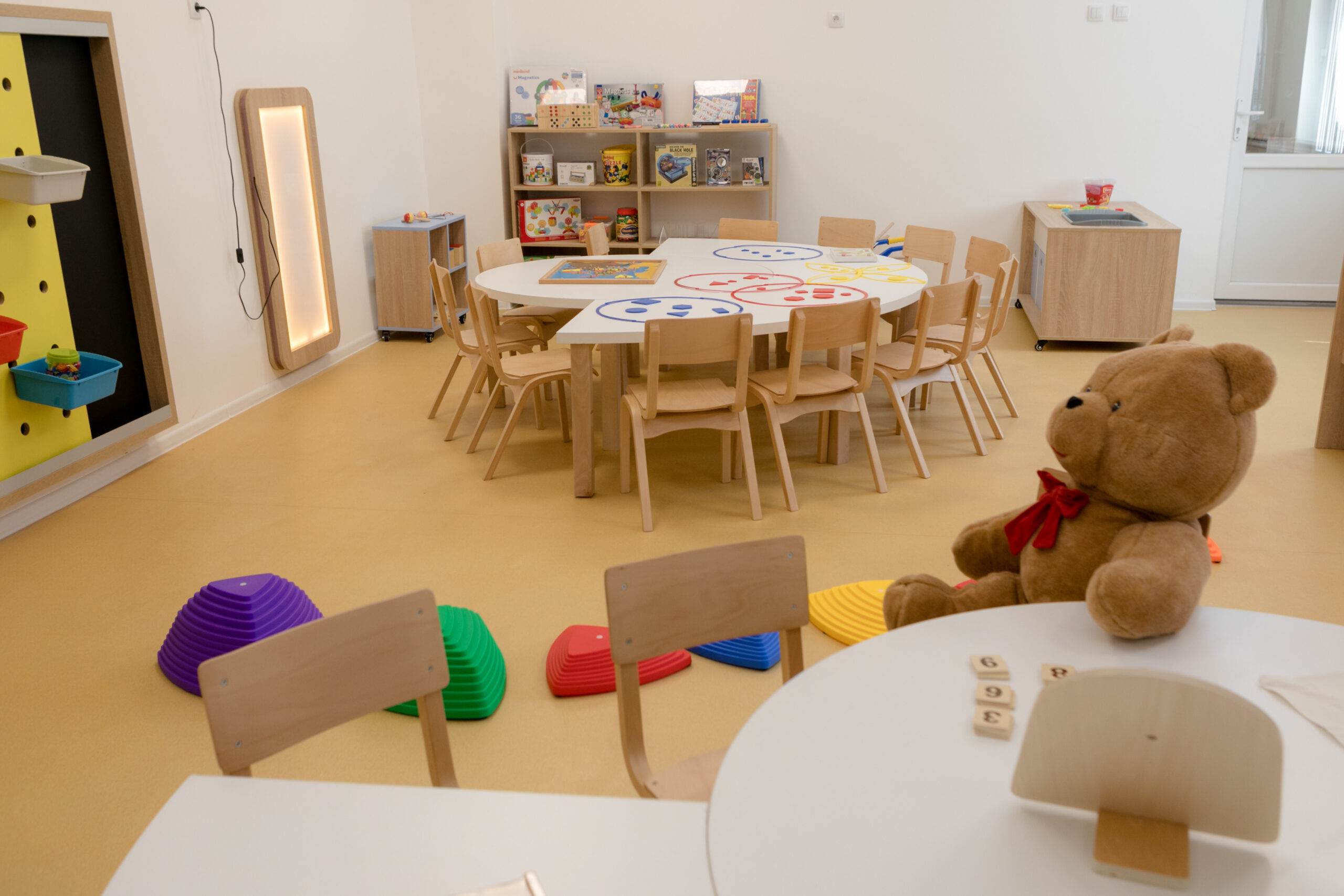A man brought home twenty animals, they are the same shape, size and color. Not long after returning home he realized that one animal is worth much more than the others. Do you know which animal is that?
This simple riddle that children try to solve, is easily answered by those who have mastered functional and associative knowledge. On the other hand, people who have gained reproductive knowledge, are struggling to find the answer.
I won’t give you the answer right away. Instead, I will ask you to imagine the following:
The kids are in the first grade, but they already know how to write, read, and equally well use Latin and Cyrillic alphabet. They can list all the planets in the solar system, tell what is the thing “coming out of the volcano”, explain why do we have day and night, why the Earth rotates, and they are able to connect things in extraordinary way and play association games with great skills.
Such things really exist, and every year in Serbia there are more and more “child geniuses”, thanks to “NTC system” of learning which is used in many kindergartens in our country. The best thing is the fact that children learn because they are interested in doing so. They do not learn by heart, they are encouraged to ask questions, explore, be active and creative, develop their intellect much faster than other peers, but they also play and enjoy in all that.

What is NTC system of learning and why is it so successful in implementation?
According to new research in this field, learning disabilities (problems in reading, writing, calculation), speech disorders (dyslexia, etc.), problems with motor skills, physical development (curvature of the spine, flat feet), which occur in the second and third grade, or earlier, happen due to the lack of certain activities in early childhood. These activities are usually simple games that have “disappeared” in the meantime – such as jumping, rotation, or games with marbles, rubber band, hide and seek, etc. They stimulate the creation of synapses (connections between nerve cells), muscle coordination, coordination of the whole body and intelligence. On the other hand, we live in a time when children are mostly static, stuck in front of the screen, three or four hours a day, which does not help them in their development, since it does not stimulate the aforementioned synapses.
Furthemore, parents unknowingly allow certain activities and thus prevent the proper development of their children. Excessive TV watching, video games, lack of graphomotor activities, physical inactivity – cause damage and reduce development of certain biological potentials.
On the other hand, when children are not allowed to jump on the bed, to turn in circles, when parents buy them sneakers with Velcro so the children do not bother tying shoelaces – all these things prevent some very useful activities.

The founder of NTC learning, dr Ranko Rajović ‡, gives some useful tips for better development of children:
a) Until the age of seven, a child can watch educational programs on tv and cartoons – one or two hours maximum
b) a child should spend around half an hour or an hour a day on a computer. But, that is still a lot of time if a child does not have compensatory activities during the rest of the day – motor and graphomotor exercises, and development of associative thinking.
c) For younger pre-schoolers, time should be organized so that children spend more time outdoors, playing with a ball, jumping rope, rubber band.
d) More games with rotation around its axis, balance exercises, running, jumping, crawling are needed.
e) Children from early on show the ability to recognize complex abstract symbols (brands of cars, flags of countries…), but this ability should be futher developed through memory games, puzzles and the like.
Benefits of “Mensa-NTC system of learning”
- Raise the level of intellectual abilities of children who participate in the program;
- Prevent the lack of concentration and attention later in school (dyslexia);
- Coordination of movement and motor skills is being developed;
- The speed of thinking and reasoning (functional knowledge) is being developed;
- all children benefit from the program, and this is especially useful for detection of gifted children and for encouraging development of their talents;
- The number of neural connections is enlarged, which along with specific exercises, increases the capacity of brain for processing information.
What does NTC system consist of:
PHaSE I: additional stimulation of synapses – exercises for motor skills, graphomotor skills and accomodation of the eye.
PHaSE II: Stimulating the development of associative thinking: Level 1 – abstraction, visualization; Level 2 – abstract classification and seriation; Level 3 – associations, music.
PHaSE III: Stimulating the development of functional thinking: 1. Mysterious stories; 2. Baffling questions, convergent thinking; 3. Stimulative questions, divergent thinking.
Have you forgotten the riddle from the beginning?
The correct answer is: He brought home a shell! He found a pearl in it.
References:
http://www.mensa.rs/sr/sigovi/ntc/sistem-ucenja/prvi-deo/
http://www.najboljamamanasvetu.com/2011/02/zaboravljene-igre-podsticu-razvoj-decijeg-uma/












